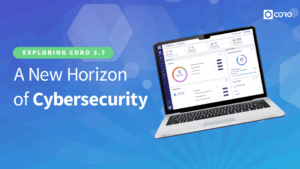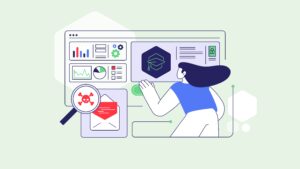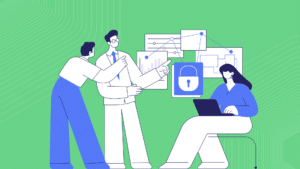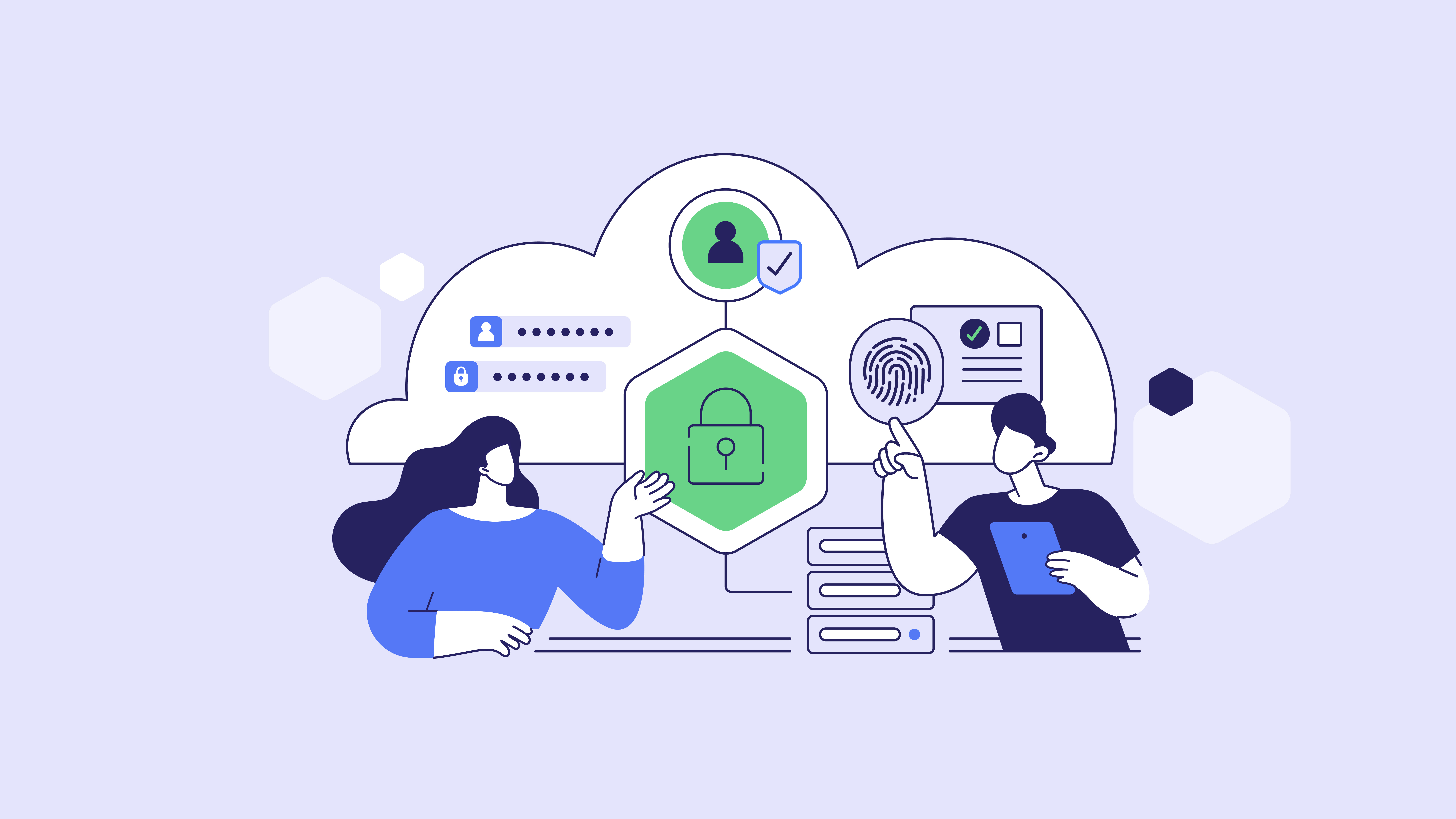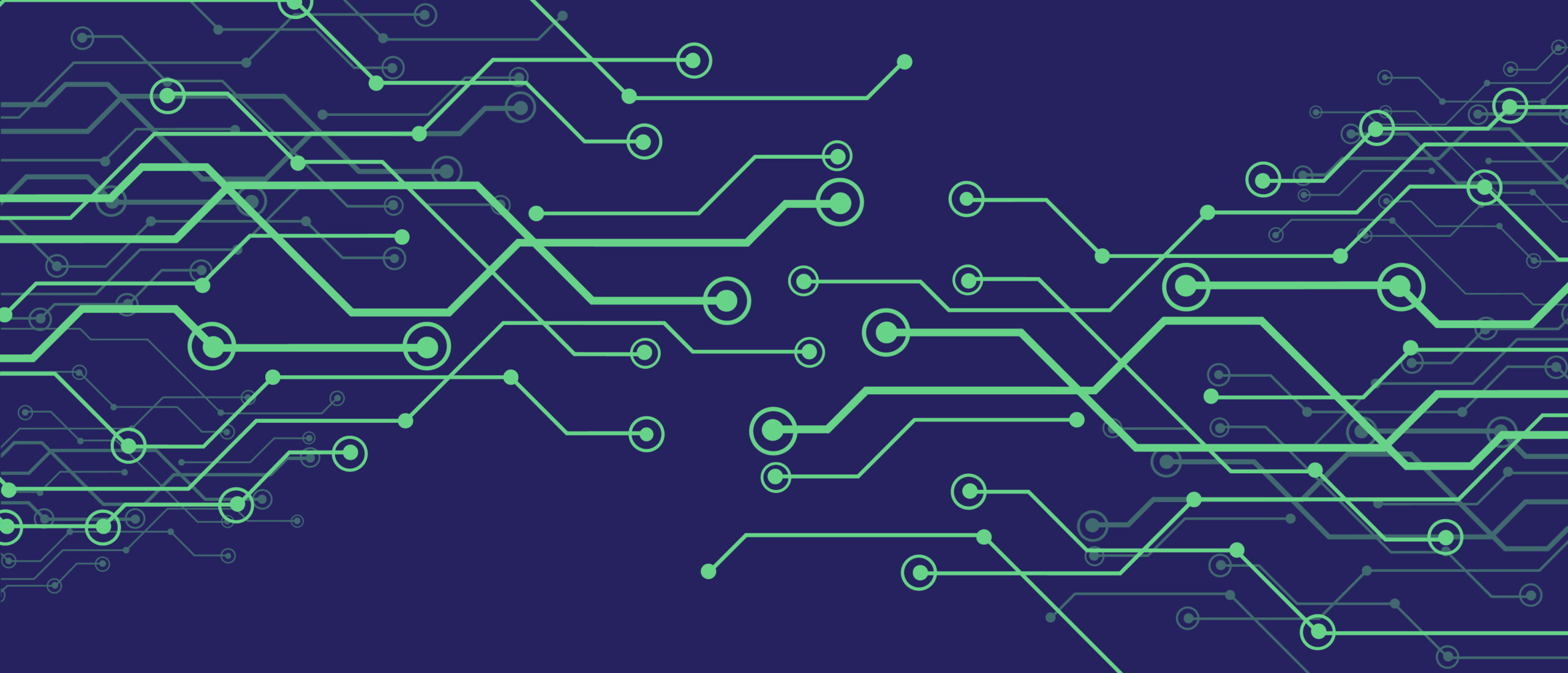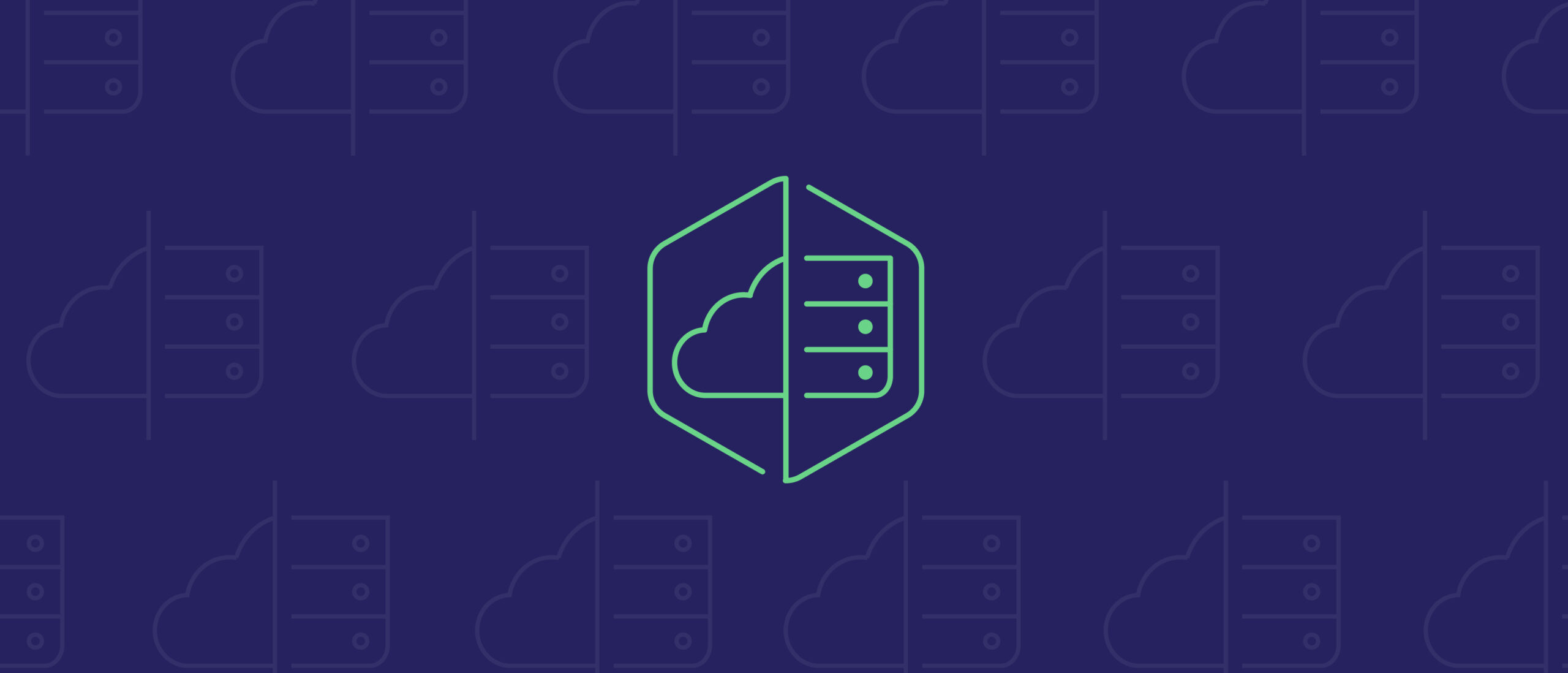Not every organization has the resources to protect itself from cyber attacks.
According to a Kaspersky research study in 2021, roughly 70% of organizations were at least planning to outsource security to a Managed Security Service Provider (MSSP) or a Managed Service Provider (MSP). Another survey shows that small and medium-sized enterprises (SMEs) rely most heavily on MSPs for cloud storage (51%), security management (48%), and system monitoring (43%).
However, as an MSP, you know that keeping your clients protected isn’t as easy as it sounds. And the job extends far beyond the type of software you’re using.
Many organizations, for instance, simply don’t have the cybersecurity awareness or knowledge to adhere to policies and avoid scams, and employees are often the entry point for major hacks.
That said, if you are a managed service provider, these are the actions you need to take to keep customer information safe.
1. Create a Culture of Cybersecurity
Cybersecurity should be a key component of every client’s culture. Educate employees about the various types of common scams— such as phishing, social engineering, and malware—and how to immediately identify them. Employees should be taught to be wary of unsolicited emails, links, or attachments and to verify the authenticity of any requests before providing personal or financial information.
MSPs should also invest in cybersecurity training for their own employees. This training will not only help them better understand the threats and how to mitigate them, but it will also allow them to provide more comprehensive support to their clients.
As more and more clients expect MSPs to offer cybersecurity services, this training will give MSPs a competitive edge. To keep their employees’ cybersecurity knowledge sharp and adaptable, MSPs should also regularly conduct threat simulations. These simulations will help employees identify and respond to real-world threats, and they will also help to identify any weaknesses in the MSP’s own security posture.
2. Protect Your Own Vulnerabilities
Every company has chinks in its armor that needs to be addressed. MSPs are often seen as low-hanging fruit for threat actors due to their sometimes poor security hygiene and outdated systems.
To protect themselves from these threats, MSPs must invest in solutions that will guard their weak points. This means first recognizing what their assets are and where they lack protection. This can be done by hiring a third party to do an audit or conduct a penetration test. Once they know where they are vulnerable, MSPs can take steps to shore up their defenses.
One way to do this is to place firewalls at the perimeter of high-risk networks. Firewalls can help to block unauthorized access to these networks and protect them from malware and other threats. Additionally, MSPs should place firewalls between endpoints within their network to limit host-to-host communication. This can help to prevent the spread of malware and other threats from one infected device to another.
MSPs should also invest in a full security suite that can actively scan for malware, block potentially dubious URLs, quarantine malicious threats, and protect their employees from emails with malicious attachments and potentially harmful media. This type of security suite can help to nip online threats in the bud before they can cause any damage.
3. Regular Patch Management
Cybercriminals are constantly looking for new vulnerabilities to exploit, and software patches are often released to fix these vulnerabilities. Unpatched vulnerabilities act as open doors for cybercriminals to exploit, increasing the likelihood of data breaches. By not promptly addressing known vulnerabilities, organizations leave their sensitive data exposed to unauthorized access, theft, or manipulation.
By deploying patches promptly, organizations can significantly reduce their risk of being attacked.
4. Backup Early and Often
Backing up sensitive files and data regularly ensures that your client has a reliable copy of their information in case of accidental deletion, hardware failure, or ransomware attacks.
How often you back up depends on the sensitivity and importance of the data. Critical data should be backed up more frequently, while less critical data may be backed up less often. Backups should be stored offline or in a cloud-based backup service to ensure they aren’t affected by the same incident that caused the primary data loss.
5. Restrict Access To Critical Information
Limiting access to client data and systems is essential for preventing unauthorized access and data breaches. Access should be granted based on the principle of least privilege, meaning that users should only have access to the resources they need to perform their work.
MSPs should create separate accounts for MSP employees and clients, ensuring that client accounts are not used by MSP employees for administrative purposes. Role-based access control (RBAC) should be implemented to grant different levels of access based on user roles and responsibilities, and it can go a long way to prevent fraudulent activity.
Strong password policies should be enforced, requiring complex passwords and regular password changes.
Incorporating multi-factor authentication with a one-time code or biometric logins will also add an extra layer of security. MSPs should require MFA for all access to client data and systems, including remote access and privileged accounts.
MFA typically requires users to provide additional verification factors in addition to their username and password. This makes it significantly more difficult for unauthorized users to gain access, even if they have obtained a password.
MFA should be implemented using strong authentication methods that are resistant to phishing and other attacks. Users should be trained on how to use MFA securely and avoid common mistakes.
Regularly reviewing account permissions and revoking access for inactive or terminated employees is crucial to prevent unauthorized access, prevent fraud, and maintain the integrity of client data. Inactive accounts can be targeted by cybercriminals who can use them to gain access to client networks and data; MSPs should establish a policy for reviewing and managing inactive accounts and define a timeframe for disabling or removing accounts based on inactivity periods.
6. Isolate Networks with Servers Housing Sensitive Information
Isolating networks with servers housing sensitive information creates a barrier between threat actors and critical data, reducing the risk of a breach spreading throughout the entire network.
Firewalls can be used to segment networks, dividing them into smaller, more manageable zones and restricting access between zones. This segmentation prevents unauthorized users from accessing sensitive data even if they gain access to a less secure part of the network.
Virtual private networks (VPNs) can be used to create secure tunnels for communication between networks. This allows MSPs to securely access client networks without compromising the security of the client’s network.
Network segmentation and VPNs should be implemented in conjunction with other security measures, such as intrusion detection systems (IDS) and intrusion prevention systems (IPS), to provide a comprehensive defense against cyberattacks.
7. Network Monitoring
Continuous network monitoring is essential for identifying and responding to potential threats quickly. MSPs should use network monitoring tools to collect and analyze network traffic patterns, identifying anomalies that may indicate a security breach.
Network monitoring tools can detect suspicious activity, such as unauthorized access attempts, unusual data transfers, or attempts to exploit vulnerabilities. Alerts generated by these tools should be investigated and addressed promptly to prevent further damage.
Correlation of network traffic data with other security logs, such as firewall logs and intrusion detection system logs, can provide an ever more comprehensive view of network activity and help identify potential threats more effectively.
8. Implement a Comprehensive Phishing Protection Strategy
Phishing scams account for nearly 22% of all data breaches, making them one of the most prevalent cybercrimes. Employees should be trained to identify phishing emails, links, and attachments. They should also be trained to never provide personal or financial information to unsolicited requests that arrive via email, phone calls, or a website. MSPs should conduct regular phishing simulations to identify and address any weaknesses in their clients’ phishing defenses.
Aside from training, it’s important to use the right tools to prevent phishing. Email filtering can help to block phishing emails before they reach employees’ inboxes. The DMARC protocol will also protect against email spoofing, which is a common tactic used in phishing attacks.
Improving Protection for Clients
Managed service providers (MSPs) play a crucial role in safeguarding the sensitive information of their clients by implementing comprehensive security strategies that encompass a wide range of preventive measures. This involves combining regular training and simulations with best-of-breed cybersecurity tools and protocols designed to protect your clients from emerging and known cyber threats.



